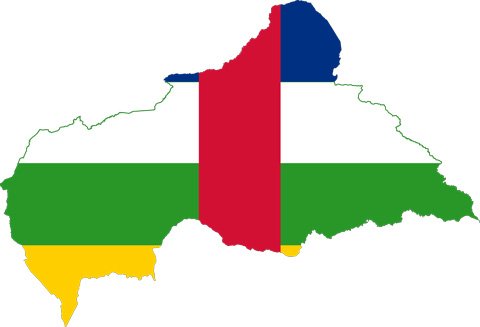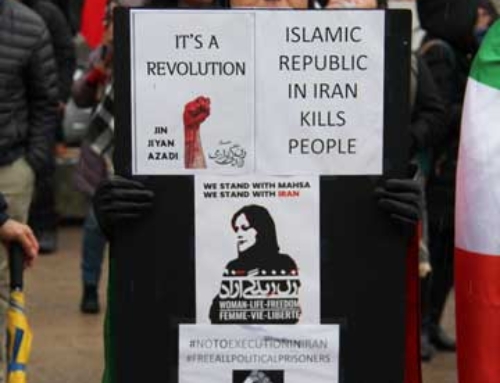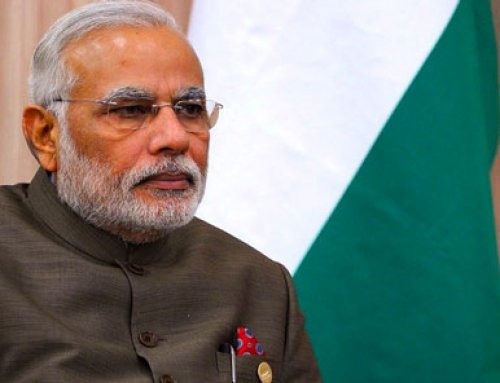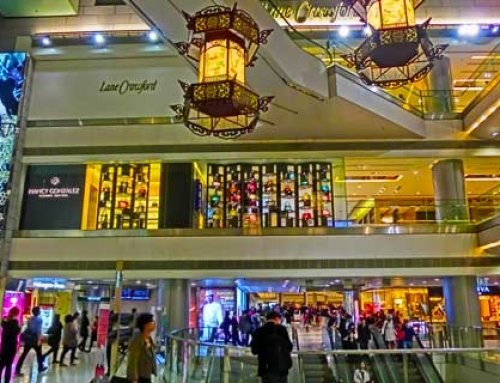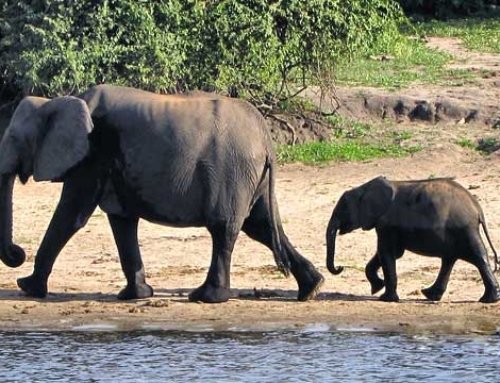Ngoto is far from everything, but here in Central Africa too the coronavirus “spoiled everything“, say its inhabitants. This remote village in the Lobaye, a region in the southwestern part of the Central African Republic rich in gold and diamonds, has not had a single case. Only a poster at the entrance of the church reminds the believers of the health threat, but they have not been suspicious of it for a long time. Masks are non-existent, distancing is a concept heard on the radio. Here, the impact is economic.
At the end of the mass, Yvon Koli, one of Ngoto’s main mining craftsmen, jokes happily with his neighbors. However, in the coolness of his house, which he paid for with diamond money, his face darkens. The precision balance, the magnifying glass, the calculator, the trinity of diamond dealers, remain abandoned on the table. Since March, he no longer sells. “A stone that was worth 150 euros at the beginning of the year is now worth 70 euros,” he says. For the moment, the family man prefers to stockpile, but fears that he will have to sell-off to pay for his children’s return to school.
The economy of Central Africa has paid a heavy price for the Covid-19 pandemic and is expected to record zero growth in 2020 according to the International Monetary Fund (IMF). The mining sector is among the most affected. Diamonds have been doubly affected. On the one hand, rough prices collapsed in Antwerp, Belgium, the diamond capital. On the other hand, the cessation of flights has blocked exports.
Survival activity
The Diamond and Gold Valuation and Control Office (Becdor) is the official exit gate for every ore exported from Central Africa. Its chief appraiser, Jean-Baptiste Pissinga, does the accounting. “The shock struck during the dry season, at the height of mining activity. The plan was to export 100,000 carats of diamonds by 2020. We’re only at 13,000 carats.” In the buying offices, they confirm: “Usually, we export once a month,” says Mahamat Oumarou, CEO of Sud Azur. “This year, we sold once in ten months, 15% to 20% below the pre-crisis price.”
In Central Africa, the diamond sector, developed after independence, is still artisanal, focused on the export of rough stones. In theory, some 200,000 craftsmen extract the ore by paying workers; they sell to collectors who scour the regions; the latter sell them to the fifteen or so buying offices authorized to export. In practice, the roles are less determined. In Ngoto, everyone sells or buys the diamond. The stones pass through the hands of a myriad of middlemen and “resourceful people“, according to both commercial and social relationships that are difficult for the uninitiated to understand.
Diamond is a survival activity. We go to the site, shovel and sieve in hand, just as others go to the field. Near Ngoto, in one of these beehives where a hundred workers are busy, the speakers spit out music to make the heat more bearable. The days consist of digging wells, plugging the previous ones, and then sifting the red earth through a sieve in the river 200 meters below. At the end of October, the official day of the new school year, finally postponed in Ngoto, about ten children came to help the older brothers carry the 25 kg bags.
Without pre-financing, which usually comes from abroad, this fragile ecosystem is in danger of collapsing. Everyone is looking for alternatives to avoid having to stop everything. “I use the sale of the goats and fields to continue paying the workers,” explains Yvon Koli, who is thinking of reducing their salary to about 12,000 francs per week (about 18 euros). But the solution is far from being sustainable, especially since the yields are a bit like a lottery. A site can be as much a financial abyss as a lucrative harvest.
Blood diamonds
The coronavirus is hitting a sector that is already in recovery. The country officially exported 350,000 carats in 2012, but only 23,000 carats in 2019. The serious security crisis that followed the coup d’état of the former Seléka rebellion in 2013 against former president François Bozizé, has scared off foreign investors, scalded by the risk of buying “blood diamonds“. Diamond dealers accused of financing militias, such as Badica, had their assets frozen. Trade channels have broken down.
During the unrest, artisanal miners and collectors were forced to choose sides. Former collaborators clashed and Muslim collectors were chased away. For the past two years, in a town like Boda, a commercial city located 50 kilometers from Ngoto, mosques have been filling up again, communities are being reconciled, the socio-economic fabric is being reformed.
The industry has begun to recover timidly, although legal locks have been put in place under the Kimberley Process prohibiting the export of any rough diamonds that have been used to finance armed groups. Today, the country is cut in two: the east, whose diamonds are purer, is still under the control of the groups and therefore under embargo. The west is gradually opening up, as the arms are becoming silent.
At the beginning of the year, the Lobaye was the fourth region to move to the green zone and to be able to export again. In his office in Boda, Moussa Abbas reiterated his frustration: “We spent months sensitizing artisans about armed groups, fraud, and traceability. We paid them business licenses so that they would be in good standing. Business had to start again, and the coronavirus stopped everything.”
The diamond dealer has always remained on site, even during past tumults. He claims not to have traded during the embargo. It is hard to believe this, because the entire region has continued to sell goods through fraudulent networks, via Cameroon, in particular.
More remunerative legal wage scale
The lifting of the embargo opened up the prospect of more efficient and transparent financing networks and a more remunerative legal compensation scale. At least before the fall of the market. The current shock is pushing artisans to turn once again to fraud, a scourge fueled on different levels by armed groups, resourceful individuals or established companies. This trend will be all the more important if the lack of liquidity in the legal sector continues. A study by the US Geological Institute in 2018 estimated that 82% of diamond production was smuggled, resulting in a large loss of income for the state coffers.
Although it is shaking up the mining sector, the coronavirus still produces one winner: gold. Even before the economic and health crisis, the Central African Republic was experiencing a rush for the yellow metal, which is less difficult to extract, to the detriment of diamonds. “The international rough diamond market has not been doing well for some time, the millennials no longer buy them,” says Alexandre Jaillon of the International Peace Information Service (IPIS), a research institute that analyzes African mining sectors. Gold remains a safe haven, with demand driving prices up. This is beginning to affect the Central African market. Gold has weathered the downturn better. Of the 500 kg of exports planned by Becdor, nearly three-quarters have been achieved, despite several months of standstill.
But it is still necessary to be able to reconvert. In Ngoto or Boda, the soil offers only diamonds. The craftsmen do not envision anything else. “That’s all I know how to do,” argues Yvon Koli, 32, with 25 years in the trade. Precious stones are fascinating. Everyone in Central Africa imagines that one day they will be able to hit the jackpot, the multimillion-dollar pure diamond, a promise of social advancement. Provided that one day, business resumes.


